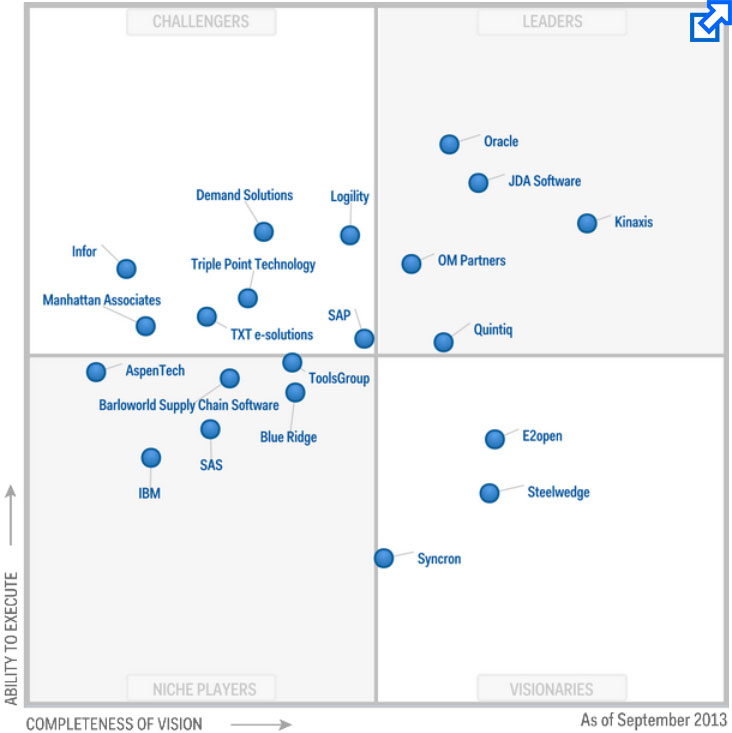How to choose a planning tool?
Planning is where what your customers ask meets what you can actually deliver. When you’re just starting out a business, you’ll probably have a pretty good feeling how much you can do and how much work you have in front of you. E.g. a baker can more or less say immediately, usually from the top of his head, if he’s able to make that birthday cake for Saturday.
If that same bakery grows into an industrial bakery serving supermarkets with 30 employees and several delivery routes, figuring out what to produce when is not so trivial anymore. But your customers still want to know when you can deliver. That’s when you have to look at some tools to support you on this.
The giant planning tool
The tool that is used the most in the business world, outside of MS Outlook at least, is MS Excel. And this includes using Excel for production and transport planning.
Usually, someone a bit proficient in Excel will build some level of planning in Excel. The big advantage is that a lot of people know Excel and you will quickly get to a basic planning tool quite quickly.
But it will stay basic, will be very hard to maintain in aspects such as product definition and lifecycle management, planning constraints, alerts, flexibility, integration with other functions such as accounting.
Still, to this day, Excel is by far the most used planning tool.
What should I look for?
When you start looking for a decent planning tool, it needs to be able to:
- Model your planning constraints. E.g. production and transport capacity, changeovers on machines, shelf life constraints,…
- Integrate with your IT infrastructure. Usually your ERP system such as SAP.
- Be well supported and scalable. Planning is a critical operational process and you cannot afford to have your tool non-functioning for a long period of time.
- Handle your business requirements. E.g. often customers want online order confirmations. Certainly, not all tools will be able to provide this kind of functionality.
So where to begin to look? You can start at Gartner’s Magic Quadrant. Here is one from 2013:

This will give you an idea of the major providers. The leader’s quadrant is considered to be the most complete in terms of coverage of functionality and ability to execute. This doesn’t mean others aren’t worth looking at. There are numerous niche players that might have an awesome sector specific tool perfectly suited for you!
Important to know is that most ERP systems have some sort of planning tool available in their standard offering. E.g. SAP has a basic planning tool in their MM module. They also have their more advanced APO module. The advantage of these standard ERP modules is that integration is often seamless. If you can model around 80% of your operations in this, it’s very worthwhile to consider just using a basic tool that integrates well with the other ERP modules such as accounting, warehousing, and others.
However, these standard modules often lack critical functionalities, like capacity planning, campaign planning, dynamic production routes amongst others. Or they can simply not cope with synchronizing the planning of multiple work centers.
In more complex production sectors like metals, flooring, chemicals, pharmaceuticals,… the more advanced tools and niche players are used, while in distribution, electronics, car manufacturing, and others more basic tools are installed.
Conclusion
Being able to execute what you promise is one of the main reasons customers will be returning for more business. Planning plays a key role in being able to do so. Choosing and implementing the right tool can greatly leverage that ability.
There’s also a learning curve here: you can definitely start out with some basic planning in Excel and later on, when you have learned your true limits and constraints, choose to implement a dedicated planning tool.
Read: INVENTORY HEALTH: CAN YOU REDUCE YOUR INVENTORY BY 20% BY NEXT QUARTER?
